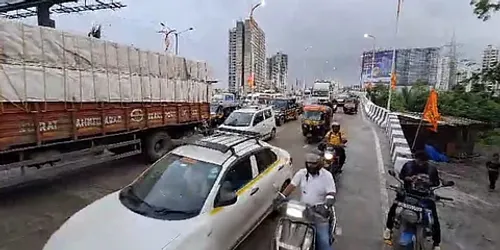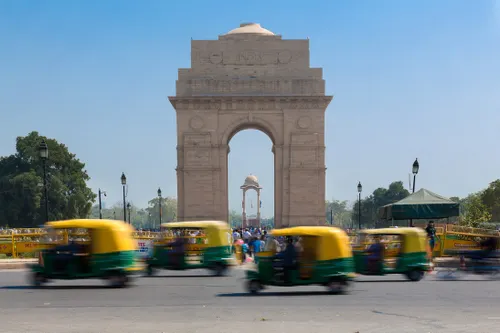
Representational image
| Photo Credit: Getty Images
The Tamil Nadu government has relaxed norms for the regularisation of residential encroachments and issue of free house site patta in Chennai city and its belt areas spread over Chengalpattu, Kancheepuram and Tiruvallur districts.
The relaxation in norms over annual family income, extent of regularisation and fixation of land value, among others, have been issued now. The initial guidelines were issued in February this year.
The annual family income for eligibility to receive free house site patta has been enhanced from ₹3 lakh to ₹5 lakh for this one-time special regularisation scheme. It would be applicable to entire Tamil Nadu. A Government Order to this effect was issued by the Secretary of the Revenue and Disaster Management Department on April 26. The State government has also increased the extent of regularisation of lands.
In case of Greater Chennai Corporation, and Tambaram and Avadi Corporations, for the families whose annual family income was less than ₹5 lakh, the maximum extent of regularisation would be “3 cents or actual extent occupied whichever was less”.
Under this, “2 cents would be regularised at free of cost and an additional extent not exceeding 1 cent would be regularised on collection of land value.” For the families, whose annual family income was more than ₹5 lakh, the extent of regularisation was 3 cents or actual area occupied, whichever was less and the same would be regularised on collection of land value, the G.O. said.
As for fixation of land value, in case of urban areas across the State (all Corporations, Municipalities and town panchayats), for the families whose annual family income was below ₹5 lakh, the extent of actual area occupied or 2 cents whichever was less would be regularised at free of cost. Additional area occupied or 1 cent whichever was less would be regularised on “collection of 25% of land value”.
In urban and rural areas across the State, for the families whose annual family income was above ₹5 lakh and below ₹12 lakh (not an income tax payee), the extent of actual area encroached or 2 cents, whichever was less would be regulated on “collection of 50% of land value”. An additional area occupied or 1 cent, whichever was less, would be regulated on “collection of 100% of land value”.
For families in urban and rural areas across the State, whose annual family income was above ₹12 lakh (income tax payee), the extent of actual area encroached or 3 cents whichever was less, would be regularised on “collection of 100% of land value”. In order to assess whether the annual family income of the applicant was below ₹5 lakh or above ₹5 lakh or above ₹12 lakh, the officials of the Revenue Department would collect the details of family income, PAN and Aadhaar. These details would be verified by officials at taluk and district levels by cross checking them with the databases available with the government.
In case of tribal people, who were unable to produce documents in support of their occupancy for more than 10 years, the District Level Committee would examine the proposal and send with its recommendation to the State Level Committee for approval. The State Level Committee would then examine and pass suitable orders, the G.O. said.
It may be recalled that following a Cabinet decision, the Tamil Nadu government issued a G.O. on February 21 this year to regularise the residential encroachments and the issue of free house site pattas and had framed guidelines. Following receipt of representations and feedback, Chief Secretary held meetings with District Collectors and decided to make certain amendments to the G.O. issued in February.
Published – April 27, 2025 12:36 pm IST
Anurag Dhole is a seasoned journalist and content writer with a passion for delivering timely, accurate, and engaging stories. With over 8 years of experience in digital media, she covers a wide range of topics—from breaking news and politics to business insights and cultural trends. Jane's writing style blends clarity with depth, aiming to inform and inspire readers in a fast-paced media landscape. When she’s not chasing stories, she’s likely reading investigative features or exploring local cafés for her next writing spot.






